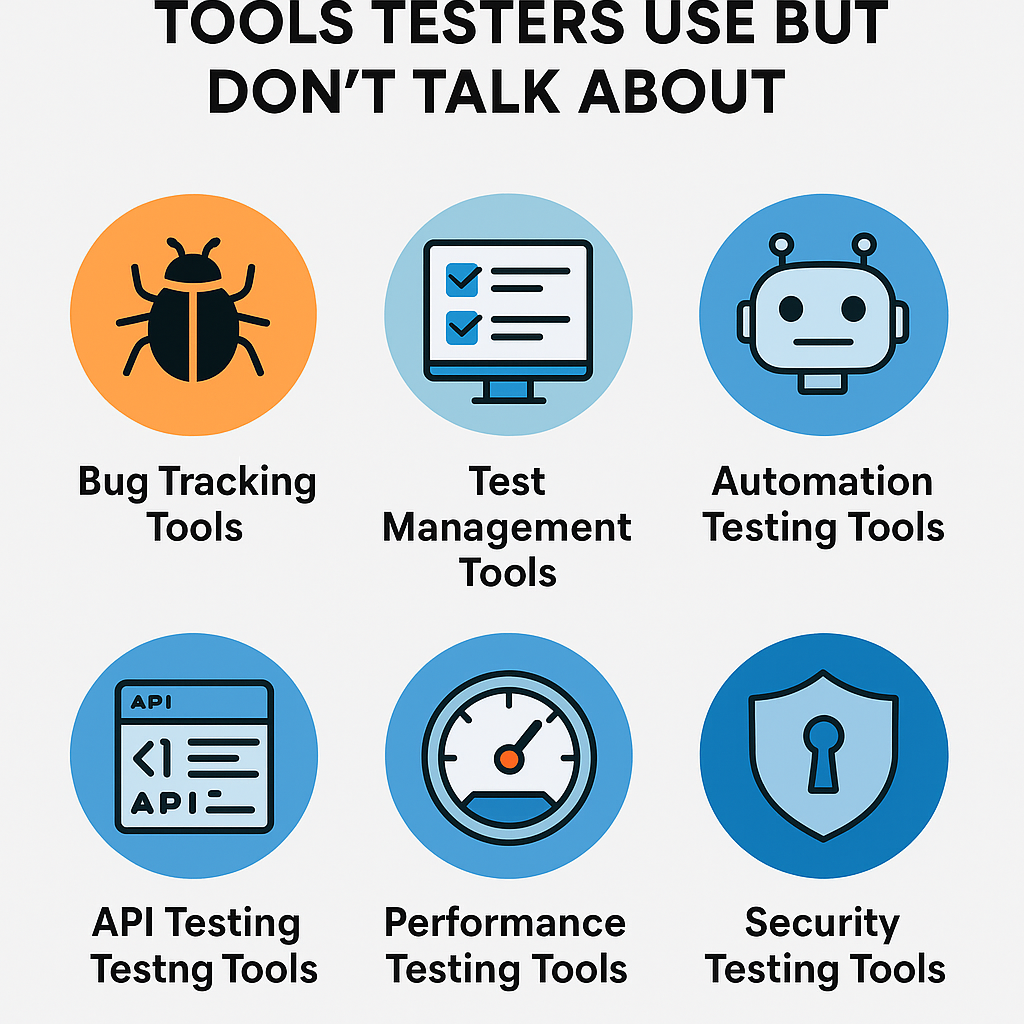The integration testing technique involves testing software components that are logically linked and examined together. This testing is done to make sure that the individual modules work as expected when they are combined.
A common practice in software development is to ensure the functionality of application modules and components through integration testing. Integration testing can be performed manually or automatically using tools such as Selenium. Compared to manual integration testing, automated integration testing is excessively slow and inaccurate for most projects. It is recommended that you conduct a manual integration of the applications modules and components prior to performing an integration test to ensure that bugs are detected and that the module functions as intended.

What is integration testing?
- Integration testing consists of integrating/combining the unit-tested modules one by one and testing their behavior as a combined unit.
- The primary objective of this testing is to evaluate the connections between the components.
- The process of performing integration testing is typically conducted following unit testing. We begin combining the unit-tested modules once all the individual units are created and tested.
- First, the modules are tested separately. After the modules have been thoroughly tested for unit compliance, they are then integrated into the overall system to verify their compatibility and ensure correct implementation.
- It is important to know that integration testing does not happen at the end of the cycle; it happens at the same time as the development. The majority of the time, all the modules are not actually available for testing, and here’s the challenge of testing something that doesn’t exist.
Why Integration Test?
We believe that integration testing is challenging and requires further development and reasoning abilities. That’s true! Then why should we use this testing in our testing strategy?
Here are some reasons:
- The development of an application is typically divided into smaller modules, each of which is assigned to a specific developer. It is important to check whether the logic implemented by a developer is as per the expectations and renders the correct value in accordance with the prescribed standards because the logic implemented by one developer is quite different.
- It is not uncommon for data to change when it travels from one module to another. Certain values are inserted or removed, which may cause issues in later modules.
- Modules also need to be tested to make sure that the data that is accepted by that API / tool is correct and that the response is what is expected.
- The most common issue in testing is the frequent modification of requirements. 🙂 Often, a developer deploys changes without unit testing them. At that time, integration testing becomes important.

Advantages
There are several advantages of this testing, and a few of them are listed below.
- Testing ensures that the integrated modules/components work correctly.
- Upon the availability of the modules to be tested, integration testing can be started. The testing of a module does not require the completion of the other module.
Integration Testing Example
We can learn about integration testing by following an example. Let us assume that you work for an IT organization that has been asked to develop an e-commerce website for StoneWorld, a company that sells stones.
One developer was assigned to each of the modules below after the requirements gathering, analysis, and design were done.

- User registration and Authentication/Login
- Product Catalog
- Product Searching
- Shopping Cart
- Billing & Payment gateway integration
- Shipping and Package Tracking
Each module was assigned to a developer, who started coding the functionality on their own machines. To see what worked and what didn’t, they deployed their respective modules on their own machines.
After they finished the development, the developers tested their individual functions as part of their unit testing and found some defects and fixed those defects. The Quality Assurance Manager suggested that integration testing be done to make sure all modules work together, as they thought their modules were done.
When they put all of their code on a single machine, they found that the application didn’t work as well as they had expected because the individual modules didn’t work well together. There were bugs, like when the user logged in, their shopping cart didn’t show the items they had added earlier, the bill didn’t include the shipping cost, etc.
This way, integration testing helps us discover, resolve, and ensure that the application fulfills our expectations.
Challenges
A few challenges that are involved in the integration test are listed below.
- Integration testing is testing two or more systems together to make sure that they work well together. The integration links should be tested, but a comprehensive examination of the surrounding environment is needed to ensure that the integrated system functions properly. There may be different approaches and combinations that can be used to evaluate the integrated system.
- Integration testing gets more complicated as the number of factors involved increases, such as the database, platform, environment, etc.
- The integration of a new system with a legacy system requires extensive modifications and testing efforts. The same rules apply when combining any two old systems.
- The integration of two different systems from different companies poses a significant challenge, as it is uncertain how changes to one system will impact the other.
To minimize the negative effects of a system’s development, some factors should be considered, such as the possibility of interfacing with other systems, etc.












